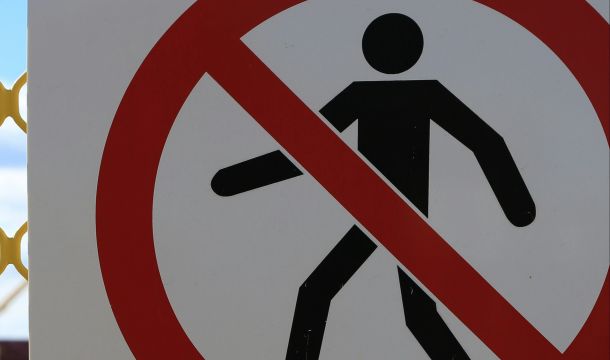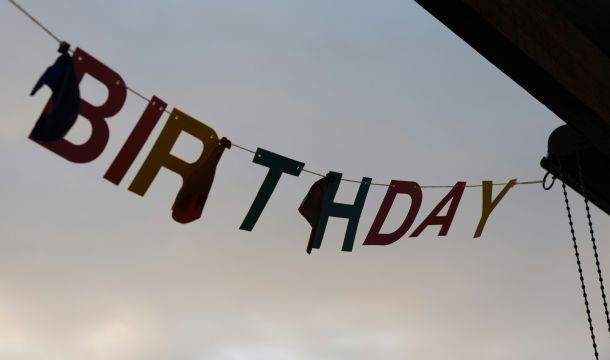FEDERAL COURT UPHOLDS NLRB’S QUICKIE ELECTION RULE
On June 10, 2016, the Fifth Circuit Court of Appeals upheld the NLRB’s controversial new "quickie election" rule. Associated Builders and Contractors of Texas, Inc. v. NLRB, No. 15-50497 (C.A. 5, June 10, 2016). Among other things, the quickie election rule cuts the amount of time between the filing of the request of the election by a union and the election in half, defers employer challenges to voter eligibility issues until after the election, and requires an expanded disclosure of employee contact information to the union. The appeals court ruled that the NLRB did not exceed its statutory authority in issuing the regulation. Regarding the new regulatory requirements to turn over employee information including home addresses, available personal email addresses, available home and personal cell numbers of all eligible voters, the court rejected a contention that such provisions are arbitrary and capricious because the rule disregards employees’ privacy concerns, exposes employees to union intimidation and harassment, enables union misuse of the voter lists, and imposes a substantial burden on employers. The Board also reject an argument that the short time between the filing of the petition and the union election violates free speech and other rights because it is not such a short period as to be arbitrary and capricious.
Editor’s Note: It would appear that the quickie election rule is here to stay. It was first implemented on April 14, 2015. During the time it has been in effect, the time period between the union’s request for the election and the election itself has dropped from around 40 days to around 24 days. While the number of union elections has increased, surprisingly the overall number of employees voting in union elections has remained substantially the same. The union win rate in such elections is very high, almost 70%, but one wonders why more union election petitions are not being filed.
Related Content
Get Email Updates
Recent Content

TPS Update (as of 9/3/2025)

DOL To Shut Down OFCCP and Transfer Duties to EEOC

Meaning of Supreme Court Ruling Limiting Nationwide Injunctions in Birthright Case

In Spite of Adminstration Changes, Monitoring of the Workplace Continues to Create Legal Issues

The Importance of Corporate Culture
